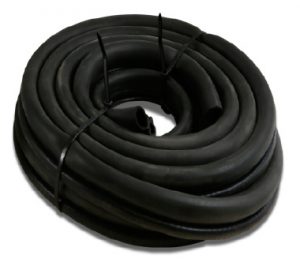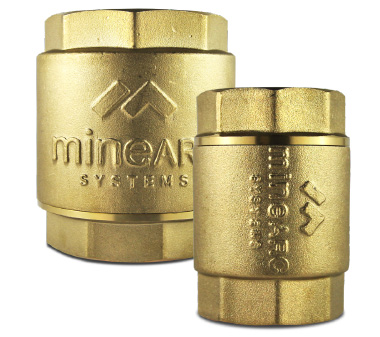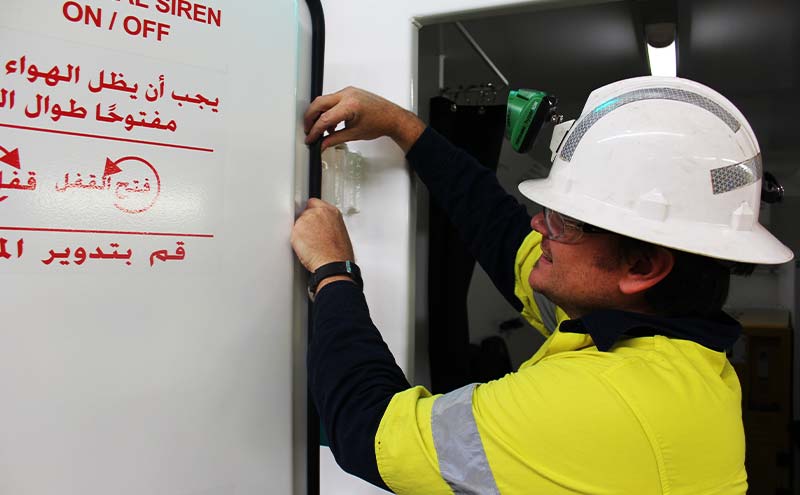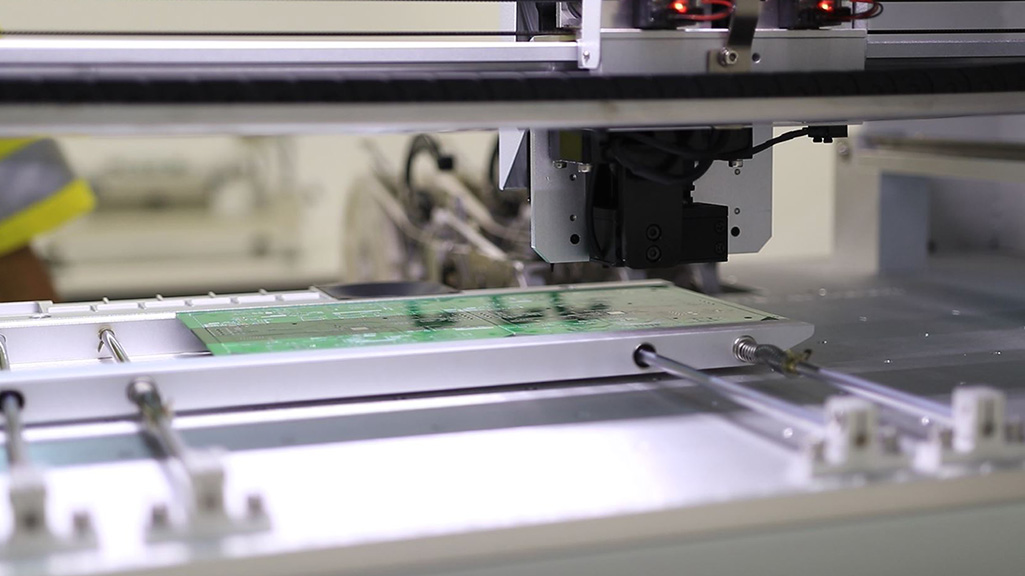Why is it necessary for a refuge chamber to have an airtight environment? This technical topic explains the importance, components, and procedures required to ensure refuge chambers remain sealed.
Refuge chambers provide workers with the confidence that, in an airborne emergency, taking refuge inside the shelter will keep them protected and alive. To achieve this, it must be airtight. Controlling the internal environment and maintaining a habitable atmosphere prevents contaminants, noxious fumes and other undesirable substances from entering the occupied chamber and poisoning the breathable air.
Keeping a Refuge Chamber Airtight
A refuge chamber’s internal environment ensures it can preserve life because it is hermetically sealed, or airtight. Many critical, high-quality components and processes guarantee an airtight environment in a refuge chamber.
Identifying Leakage Points
Door Seals
The door seal is critical to maintaining an airtight environment within the refuge chamber. Failure of the door seal could result in the ingress of toxins during an emergency.
The chamber’s door seal must be fitted correctly and manufactured of the highest quality to hold its seal. Not only is it the largest opening, but the door seal will face the most wear and tear of any sealing surface of the chamber. Every time the door is opened and closed, the seal will expand and compress. The seal is further mechanically compressed when the door handles are engaged. This compression ensures a seal under both positive and negative pressure.

In addition to this, parts of the door seal are exposed to the mine’s harsh external environment. Accidental damage results from entering the chamber, floor rocks, mud and water build-up resulting in corrosion, wear and tear, and aging of the rubber, leading to an imperfect seal.
As it is a critical spare part and a high-use perishable consumable of the chamber, door seals are replaced every four months during a service.
Check Valves
Check valves are one-way valves that play an integral role in the safety of the refuge chamber. As compressed air is added to the refuge chamber, a means for this air to escape to avoid over pressurisation is required. These openings also need to re-close automatically when the internal chamber pressure is back equal to, or lower than the external pressure to maintain a sealed air environment within the chamber.

Check valves are also used on the air conditioning condensate drain, where they will open with a head pressure of 150mm (6″) and reclose when the water has drained. The mine air filter kit also has a check valve, to ensure air will not escape or enter the chamber through the compressed air line, in the event of mine air failure. Like door seals, all check valves require changing every four months. Corrosion in humid and salty underground environments occurs frequently, potentially damaging check valves and their moving parts, and rendering them inoperable; compromising the overall safety of the refuge chamber.
Air Conditioner
Air conditioning is a necessary requirement in refuge chambers. Without them, the internal temperature of the chamber would be affected by the metabolic heat of the occupants, and rise to a level that is not conducive to survival. A split system air conditioning unit is supplied on all MineARC Refuge Chambers due to its efficiency, functionality and low power consumption.

For the installation, this unit only requires four small holes, two of which are for the refrigerant piping and two for cabling. These can then be sealed using compression glands enabling efficient cooling, with minimal effect on the integrity of the chamber.
Vacuum Field Tests for Refuge Stations
In order for refuge chambers to maintain positive pressure and prevent the ingress of gas, smoke, fumes and other airborne contaminants, it is necessary that the door seal, check valves, compression glands, emergency hatch seals and any other leak points remain airtight. To ensure and confirm the integrity of these components and their ability to maintain an airtight internal environment, a field vacuum test is performed.
To perform a vacuum test, mine air is turned off, the chamber door closed and the air inside the refuge chamber is heated. This causes the chamber to expand, and some air will bleed out through the check valves. The air conditioning is then turned to cool. Cooling the internal air causes the chamber to contract. This allows a vacuum to form inside the refuge chamber. This vacuum can be quite strong; preventing the chamber door from opening. Any leaks would be easily audible and are therefore easily located.
A vacuum test is performed on every refuge chamber during manufacture, and should also be performed as part of every four monthly chamber service and regular inspections.
Refuge Chamber Spare Parts & Servicing
The vital importance of the aforementioned refuge chamber components should not be understated. In order to ensure the integrity of the refuge chamber, conducting regular vacuum tests is imperative. For a refuge chamber to function optimally, and as part of essential preventative maintenance to guarantee their efficacy in an emergency situation, MineARC recommends a comprehensive service be undertaken every four months.
In addition to regular servicing, only genuine MineARC parts should be used on MineARC Refuge Chambers. For example, if non-genuine, poor quality or defective check valves with incorrect pressure settings are installed, over pressurisation or seal failure can occur. Similarly, MineARC door seals have been tested in conjunction with MineARC chambers for seal, durability and the ability to withstand harsh underground environments. Non-genuine door seals may be non-industrial use seals, poorly fitting, unable to maintain a perfect seal or too inflexible – making the door difficult to open and close or enabling contaminated air to seep through causing a potential hazard to occupants.
MineARC’s Service Department offers:
- Office Support – answer client questions and provide solutions to problems
- Qualified Service Technicians – travel to sites to perform a fully comprehensive chamber service and audits
- Free Service School Training Days & Certification ID Cards – training and certification for the operation, service, and maintenance of vital MineARC refuge chamber componentry






